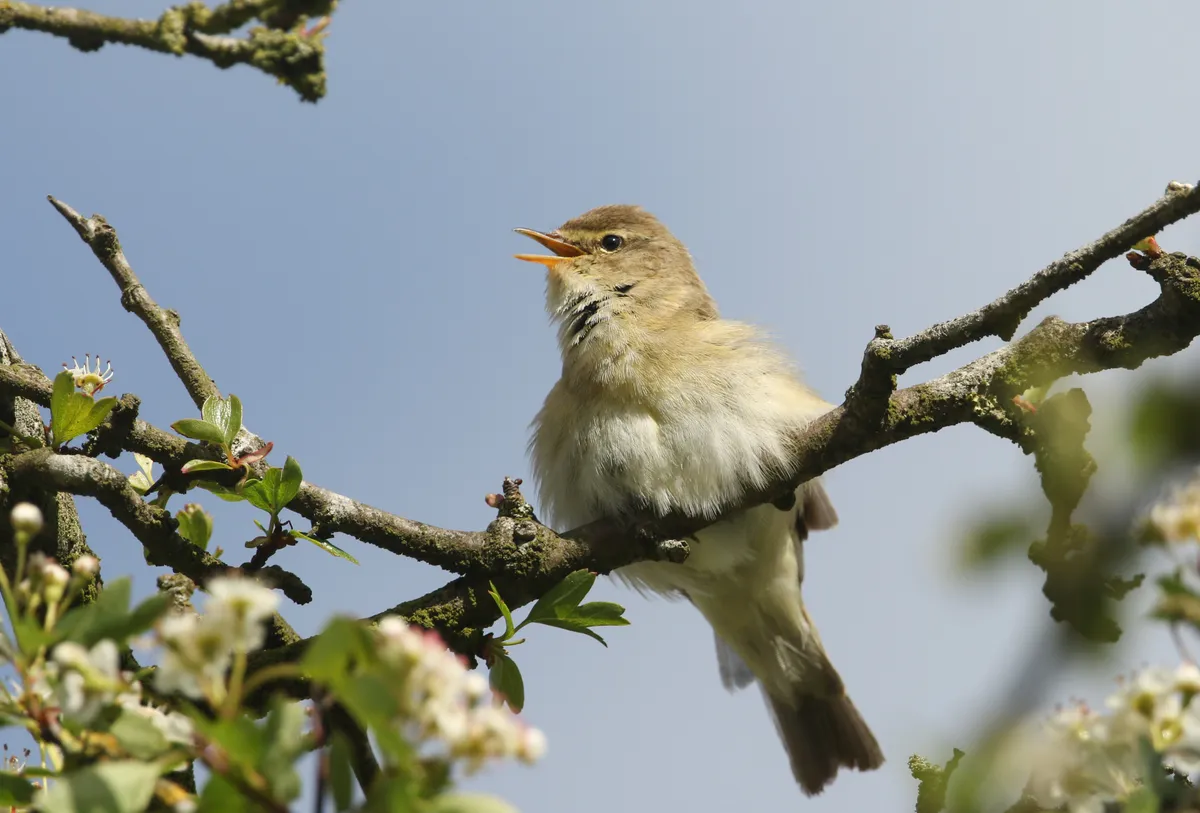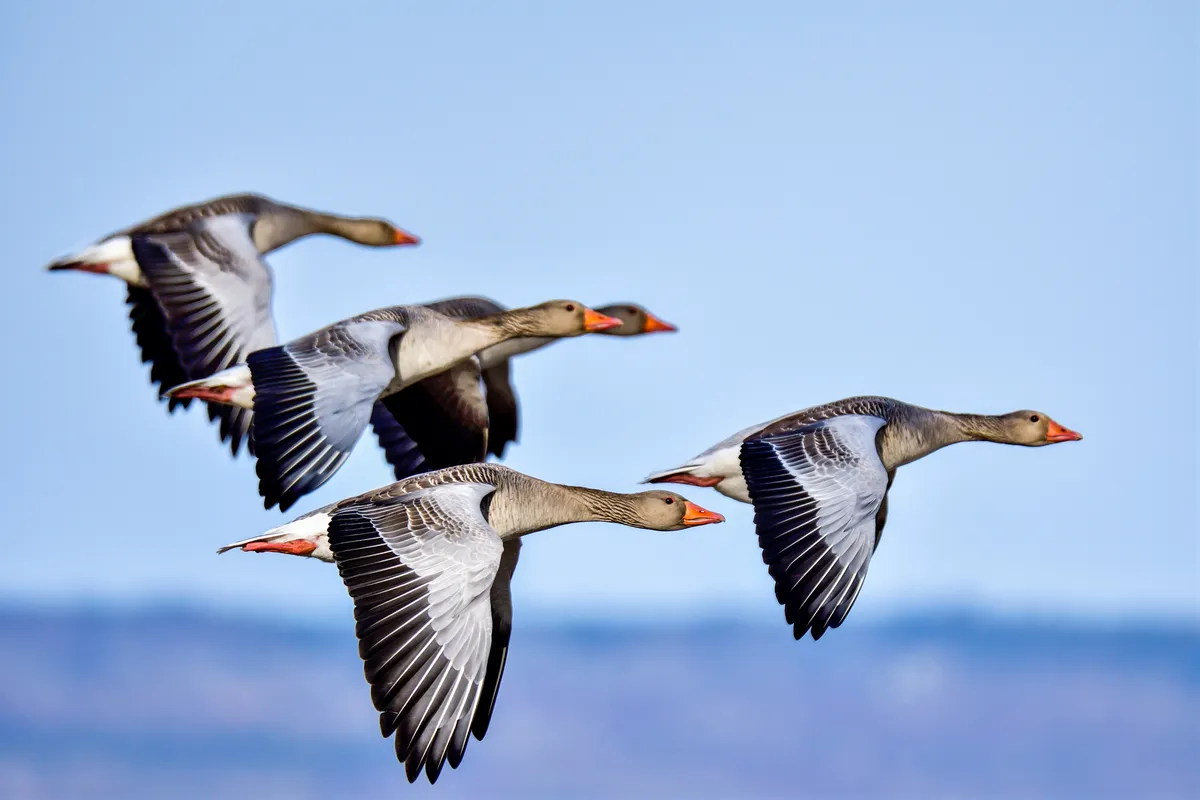The chiffchaff is lovable, but to many it is the willow warbler’s gorgeous, gentle song, a soft lilting down the scale, that proves spring is really here.
A small, greenish bird the size of a tit, the willow warbler (Phylloscopus trochilus) is easily missed among the fresh spring leaves of birches and willows.
In this guide we take a closer look at the willow warbler, including what they look like, their song and nesting habits.
Interested in learning more about Britain’s birds? Check out our guides to finches, tits, woodpeckers and thrushes.
Warblers of the UK
Warblers are a group of small, often green-brown birds with varied songs. Learn more about these spring and summer songsters with our guide to the warblers of Britain.

What does a willow warbler look like?
Willow warbler and chiffchaff are often linked as one of the species pairs in Britain that are hardest to tell apart by sight. However, the willow warbler has longer wings and is slightly paler below than chiffchaff, with browner legs and a flatter forehead, with a more obvious pale eyebrow but less obvious eye-ring. It is often a question of judgment and never easy tell them apart.
An older name, linked to its diminutive stature as a bird not bigger than a tit, is willow wren.

Willow warbler song
The willow warbler has one of the loveliest, most gentle of all British bird songs, and its charm is magnified by its context, as one of the first songs from a summer visitor heard in the year, often before the end of March.
It is a sweet, almost sighing phrase that slips quietly down the scale and seems then to disappear on the breeze.
Credit: Gavin Vella
Willow warbler habitat
The bird is typical of woodland edge and birch scrub, and it is often seen in willow bushes, as its name suggests.
Willow warbler distribution and population
The willow warbler is common in the UK, particularly in the north, but on the Amber List of Conservation Concern. Seen from April-September. 2 million pairs.

Willow warbler breeding, nesting and eggs
Despite its gentle song, the willow warbler does not enjoy a peaceful home life. Males are notoriously territorial and sometimes fight to the death. Females often assess a potential mate by its song-rate, since they have little time to make an assessment. And once male and female are paired, the male quite frequently seeks out another female in a quite different territory, presumably unbeknownst to the first partner (primary mate), who is usually incubating eggs at the time.
The females construct an intricate domed nest which is placed on the ground. They may have two broods of 4-8 eggs, which constitutes a busy breeding season.

Willow warbler migration
The willow warbler young quickly moult and then head off on migration to sub-Saharan Africa, mainly the west, and most are gone by September. Bizarrely, not long after it arrives, it moults all its feathers again, a habit almost unique among birds.
Bird migration guide
Throughout the year, millions of birds migrate to and from the British Isles. Our expert guide explores why some birds arrive in the UK in particular seasons and others leave, which species migrate and where they go when they leave Britain's shores.


